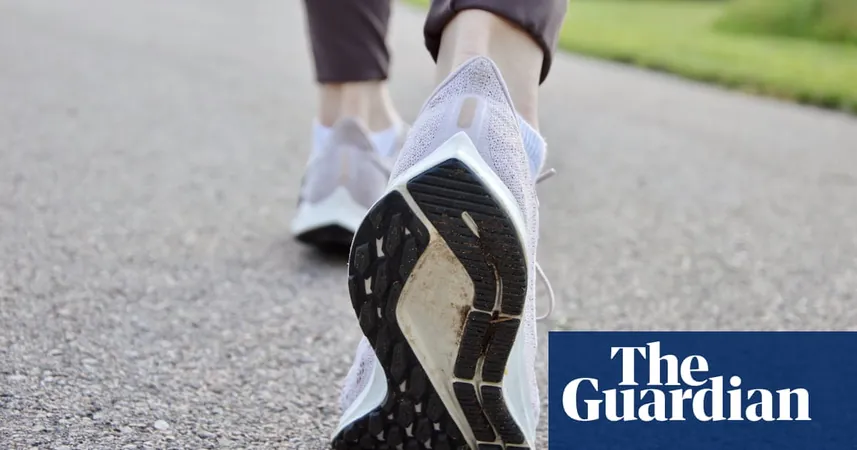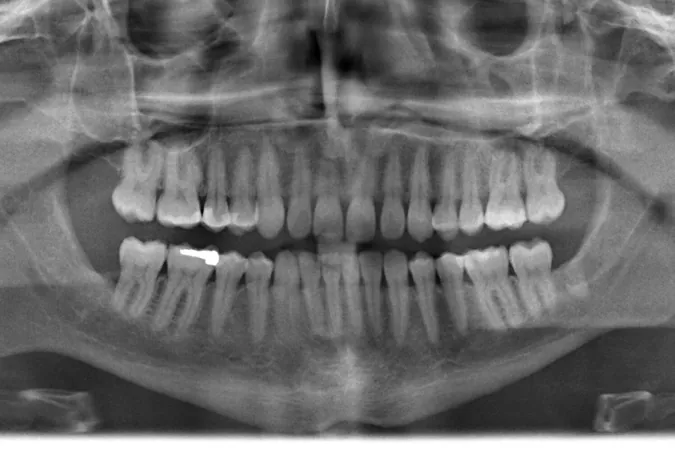
Stop and Go: The Surprising Secret to Burning More Calories While Walking!
2024-10-15
Author: Wei
Introduction
Walking is often touted as one of the simplest forms of exercise, but researchers have discovered an intriguing twist: taking breaks during your strolls can actually help you burn more calories! This revelation comes from a groundbreaking study that analyzed the oxygen and energy demands of walking short distances compared to longer, continuous strides.
The Experiment
In a meticulous experiment, scientists engaged volunteers in various walking scenarios within the confines of a lab. What they found was astounding—when participants walked or climbed stairs in short bursts lasting between 10 to 30 seconds, they required 20 to 60% more oxygen than when they walked continuously over the same distance. Essentially, breaking up your walk into shorter segments consumes more energy since our bodies are more efficient after a few minutes of continuous movement.
Research Insights
Francesco Luciano, a leading researcher from the University of Milan, likened this phenomenon to how a car uses more fuel at the start of a journey. "When we walk for shorter bouts, we use more energy and consume more oxygen to cover the same distance," he explained. This can be especially important for those looking to maximize their workouts without committing to long periods of exercise.
Significance of Findings
The inspiration for the study stemmed from the realization that existing guidelines for estimating energy expenditure during walking often rely on data from individuals exercising at a metabolic steady state—a state where one’s heart rate is steady, akin to a car cruising efficiently on the highway. However, many individuals, particularly those with limited mobility or those who lead sedentary lifestyles, may not fit into this category.
Further Exploration
To further explore this, the researchers monitored ten healthy volunteers as they navigated a stair climber and treadmill at various speeds, with exercise bouts ranging from fleeting seconds to several minutes. The findings revealed that initiating movement incurs a significant energy cost, which decreases the longer one continues to walk.
Practical Applications
Understanding the implications of this study extends beyond fitness enthusiasts; it holds promise for designing rehabilitation programs for individuals who might struggle with prolonged activity, such as those with obesity or stroke survivors. Luciano emphasized the need for tailored programs: "If we want to design effective exercise regimes for these people, we should rethink how we estimate their energy demands and promote activity in a more accessible way."
Conclusion
This research not only showcases the health benefits associated with brief bursts of activity but may also spark a movement towards what some are calling "exercise snacks"—short, intense bursts of physical activity lasting just a couple of minutes. So, if you’re looking to burn more calories while still enjoying those leisurely walks, consider adding a few stops along the way!
Publication Details
The study was published in the esteemed *Proceedings of the Royal Society B*, and it could revolutionize how we approach walking for fitness, particularly for groups who traditionally find long bouts of exercise daunting. Who knew that taking a breather could actually be the secret fuel you need to get fit?



 Brasil (PT)
Brasil (PT)
 Canada (EN)
Canada (EN)
 Chile (ES)
Chile (ES)
 España (ES)
España (ES)
 France (FR)
France (FR)
 Hong Kong (EN)
Hong Kong (EN)
 Italia (IT)
Italia (IT)
 日本 (JA)
日本 (JA)
 Magyarország (HU)
Magyarország (HU)
 Norge (NO)
Norge (NO)
 Polska (PL)
Polska (PL)
 Schweiz (DE)
Schweiz (DE)
 Singapore (EN)
Singapore (EN)
 Sverige (SV)
Sverige (SV)
 Suomi (FI)
Suomi (FI)
 Türkiye (TR)
Türkiye (TR)